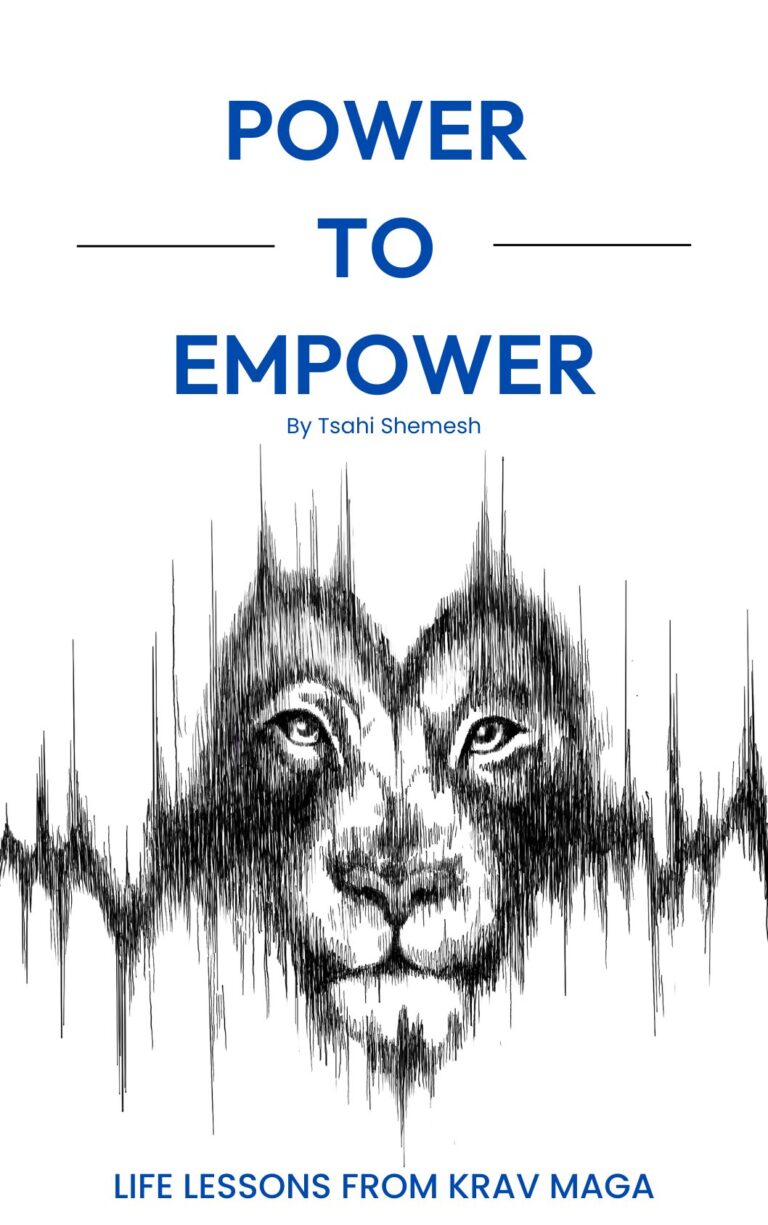Ryan Carson, a 32-year-old activist residing in Brooklyn, met a tragic end when he fell victim to another fatal stabbing in Bedford-Stuyvesant, Brooklyn. He was murdered in a senseless act by a stranger who took offense to Ryan merely looking in his direction, and trying to calm him down as he kicked a motorcycle parked on the street during his unexplained outburst.
Ryan was a good man and he was committed to various community causes. He was an activist who passionately advocated for critical issues impacting the Brooklyn area. I speculate that he even fought for the rights of the same person who senselessly murdered him.
The tragic incident took place during the early hours of Monday morning when Ryan and his girlfriend were seated on a bus stop bench at 3:47 a.m. A stranger walked by, at first without any interaction. Things took a dreadful turn when this individual, who had only walked a short distance away, abruptly began vandalizing mopeds parked on the sidewalk by kicking them. In response to this unsettling behavior, Ryan and his girlfriend decided to approach the man, hoping to address the situation calmly.
The man swiftly turned toward them, questioning Ryan with the aggressive query, “What are you looking at?” Ryan immediately attempted to verbally de-escalate the situation. Without a warning, a knife was pulled out and swung at Ryan. Ryan tried to create distance using one hand to push in a non-aggressive way. When the assailant closed the gap aggressively, Ryan tried to run away but didn’t see the bus stop bench and tripped over it, the same bench that a minute before he was peacefully sharing with his girlfriend. He fell to the ground and became a stationary target, vulnerable to the assailants’ vicious attacks.
The assailant stabbed Ryan three times, with one of the stabs proving fatal by piercing his right chest. Even after inflicting these fatal injuries, the attacker lingered briefly at the scene, further assaulting Ryan and menacing his girlfriend. A woman, seemingly acquainted with the assailant, later arrived and apologized to the couple, addressing the attacker by name. It seems like this woman may have been the assailant’s girlfriend, and prior to the stabbing, they had been observed together on the street corner, displaying agitated behavior.
Now, let’s turn back to the critical moment when Ryan was trying to engage and perhaps help the attacker calm down and stop the unnecessary damage and vandalism. This is the first mistake from the perspective of SELF-defense. Ryan should have walked in the other direction and not engaged in any way.
A question like “What are you looking at?” isn’t an invitation for a peaceful interaction. The 2nd mistake made was in responding to a potentially dangerous individual. This is usually not helpful even if you are a peaceful person. Walking away, or running away when the threat became real was the right thing to do.
I hear many of my students, and prospective students, raise the same concern – “I don’t want to feel I have done nothing or that I am being a coward.” Believe me, I get it. Seeing someone in need, and not being able to do anything can end up petrifying or devastating, feeling like a fighter without use. It’s not a simple question.
The question is – Is it better to be a living coward or a dead hero?
It can be a philosophical question or it can be a practical question. Most realistically, it is a personal question with no definitive or superior answer. It hinges on your values and priorities.
Being a “living coward” doesn’t necessarily imply weakness or an inability to face challenges; it may denote someone who chooses to avoid significant risks or secures themselves when necessary. In contrast, a “dead hero” might be described as an idealistic individual who sacrifices their life to uphold their principles or fulfill a critical mission or goal. While they may earn admiration and praise, they could lose their life in a potentially unnecessary struggle.
Ryan Carson’s actions may not have been driven by a desire to become a hero, but he certainly displayed courage. Both choices have their advantages and disadvantages. Opting to be a “living coward” may safeguard oneself from risks but could lead to a life dominated by fear and an inability to stand up for what’s right. But being a “hero” is often not a choice; it’s an urge. Those who have performed heroic acts, such as stopping to help someone in danger, often explain that they did so because it was the right thing to do, not because it was a choice. For a “hero,” these actions are not voluntary; they are instinctive.
A “dead hero” may have had transformative experiences and positive impacts on the world, but it comes at a significant personal cost.
Ultimately, the answer depends on your personal values, life goals, and how you choose to handle risks and challenges. There’s a wide veracity of possibilities, and you need not confine yourself to being solely a living coward or a dead hero. It’s possible to find a balanced state that incorporates both aspects. Some individuals prioritize justice over self-preservation and may intervene when they witness unjust actions, even if they entail risks, to maintain their self-respect and uphold their cherished values. In such instances, the value of justice surpasses the associated risks.
When should you intervene?
This is a complex question that necessitates aligning your goals with your values. For instance, if your primary goal is returning safely to your family, despite witnessing unjust actions, you may choose not to intervene, even if you possess the capability and knowledge to do so. Capability and knowledge do not justify action if the primary goal is to preserve your life and your family’s well-being.
The assessment of risk versus benefit develops this understanding in real time. If you encounter someone else being attacked, your evaluation of risk shifts, as preserving another person’s life becomes more important than material possessions. In such cases, you must assess whether you can create a positive outcome, either by subduing the attacker or minimizing harm and successfully disengaging. If you possess the capability or are unsure of it, you should consider different courses of action. This might involve contacting the authorities rather than acting independently. Your assessment may change if the person being attacked is someone close and dear to you, making the potential harm to you acceptable in the context of protecting your loved ones. If not you, then who? To intervene in violent situations, you must be confident that you can create a positive outcome.
Police intervention comes with the authority to use force, appropriate equipment, and sufficient manpower to deal with the situation presented. Police forces aim to employ greater force than the issue they are addressing; otherwise, the police risk losing control of the situation too.
To sum it up in simple words, the first thing one should always do is call for help. If you must intervene, do it right. With surprise and force, and know your limitations before engaging so the exit strategy would be more precise.
Do something amazing,
Tsahi Shemesh
Founder
Krav Maga Experts

